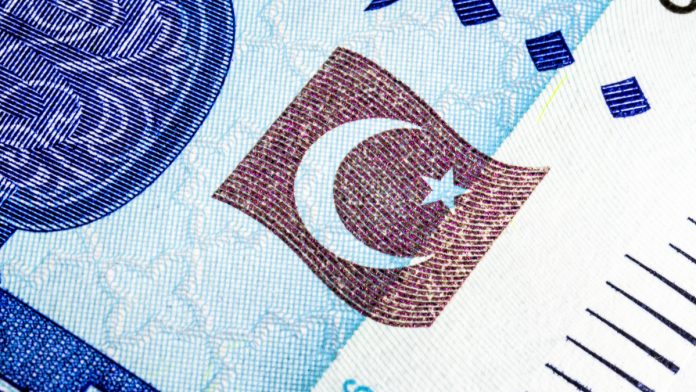The Pakistan Rupee continues its descent versus the US Dollar on Thursday as grim predictions and headlines of both the human and economic toll of Covid-19 is keeping investors on edge and risk sentiment weak.
At 10:30 UTC, USD/PKR is trading at 167.12, just shy of its record weakest level of 168.12 reached last week. Today’s daily range is 165.95 – 167.12 as investors look ahead to US jobless claims.
2 -2.5% GDP
The Pakistan Rupee is on the back foot, trading close to record lows after global credit rating agency Moody’s lowered Pakistan’s real GDP growth outlook. Moody’s expects economic growth to decelerate to 2 – 2.5% this year, lower than the previously forecast 2.9%. The downward revision reflects the impact that coronavirus is expected to have on the economy.
Moody’s highlighted the service sector as a sector which will be adversely affected by the movement restrictions in place to slow the spread of coronavirus. The service sector has underpinned economic growth in recent years.
Moody’s added that the textile sector, which accounts for around 60% of exports has also been affected by supply chain disruptions and declining demand.
The State Bank of Pakistan cut interest rates to 11% last week. Moody’s believes that the central bank’s actions will help soften the coronavirus blow on the economy.
3.5 Million Unemployment Claims Forecast
The US Dollar is holding steady versus its major peers on Thursday, albeit pushing higher versus the Pakistan Rupee, as investors look ahead to US jobless claims data later today. Just to refresh, last week’s unemployment claims surged to 3.3 million a new record high, eclipsing the previous record high of 695,000 in 1982.
Today analysts are expecting the number of initial jobless claims to reach another record high of 3.5 million. This would put the total claims across the two weeks at 6.5 million revealing the devastating impact of the coronavirus outbreak on the US labour market and the economy.
As the number of coronavirus cases in the US escalate and America shuts down state by state, these figures could still get a lot worse. Particularly given that President Trump has said that the US economy will not be open for business again until the end of April.




